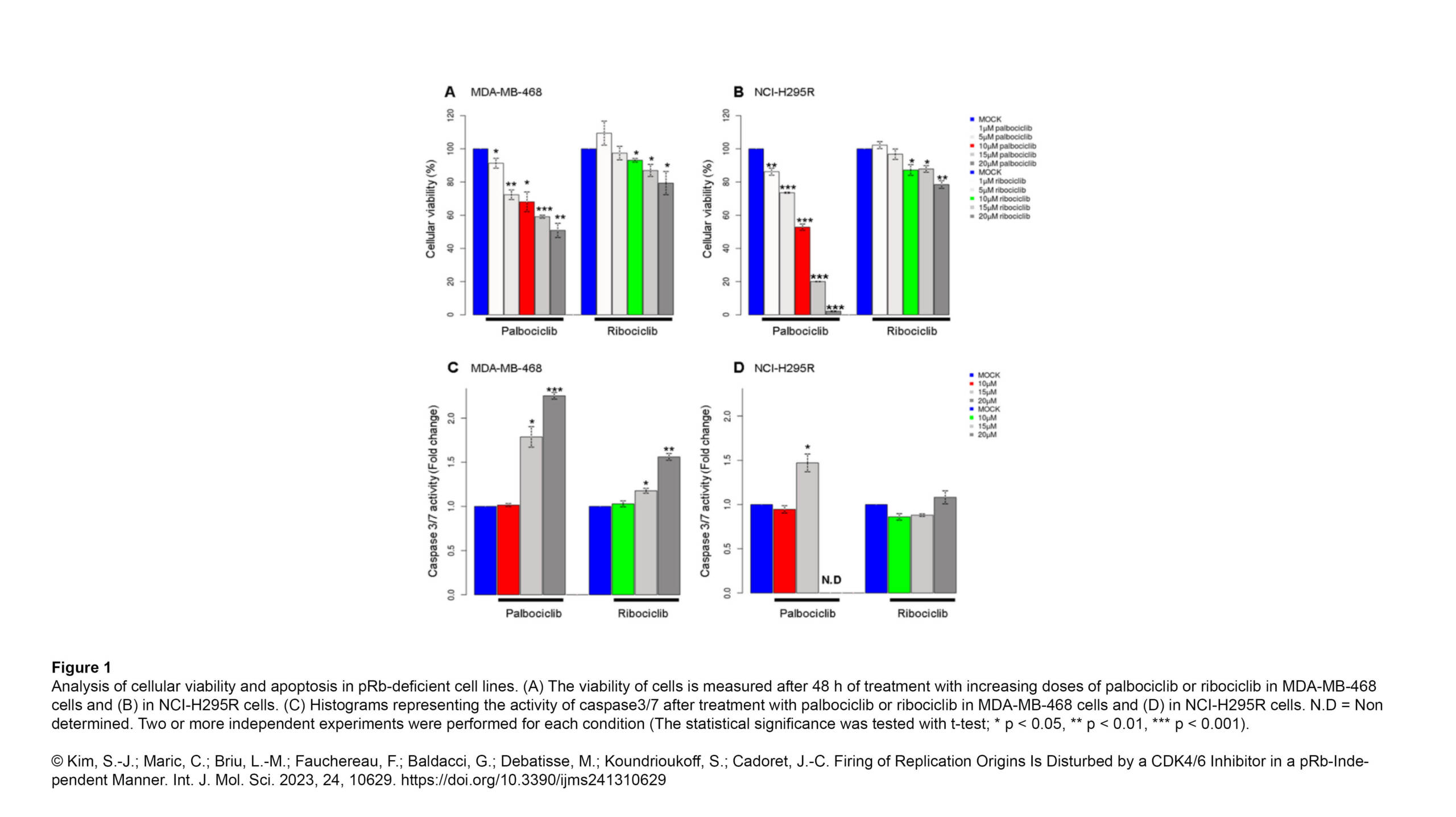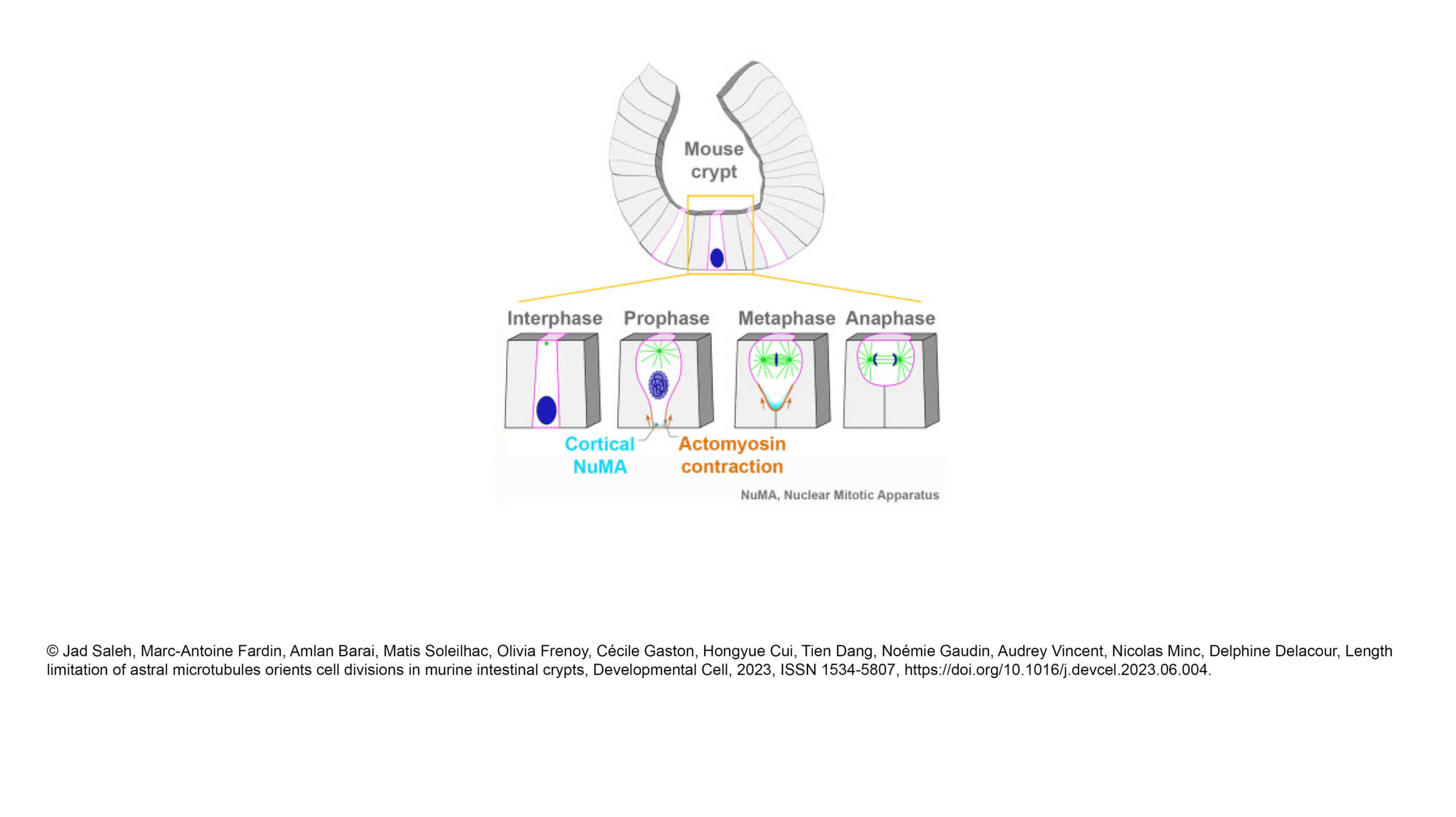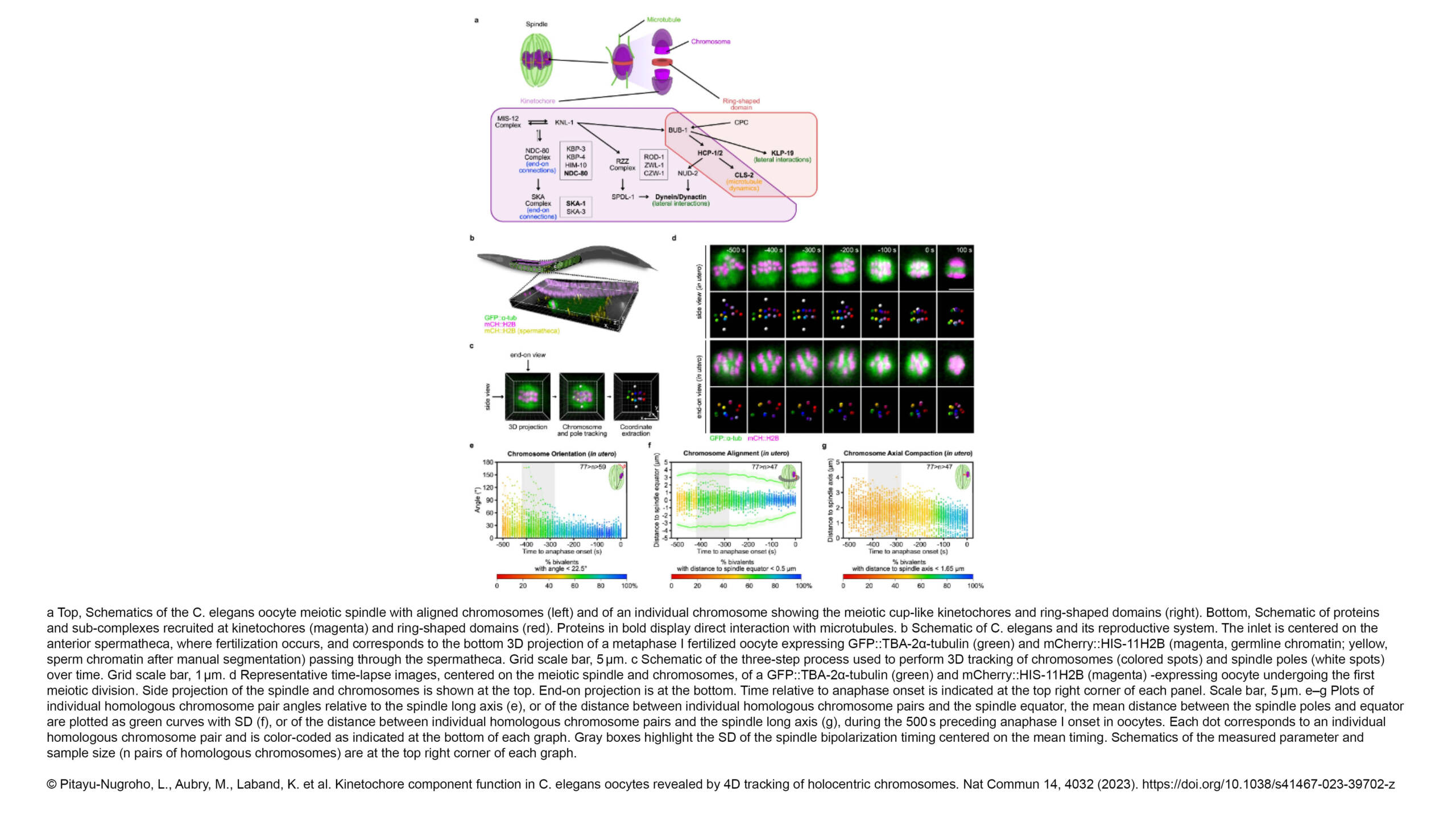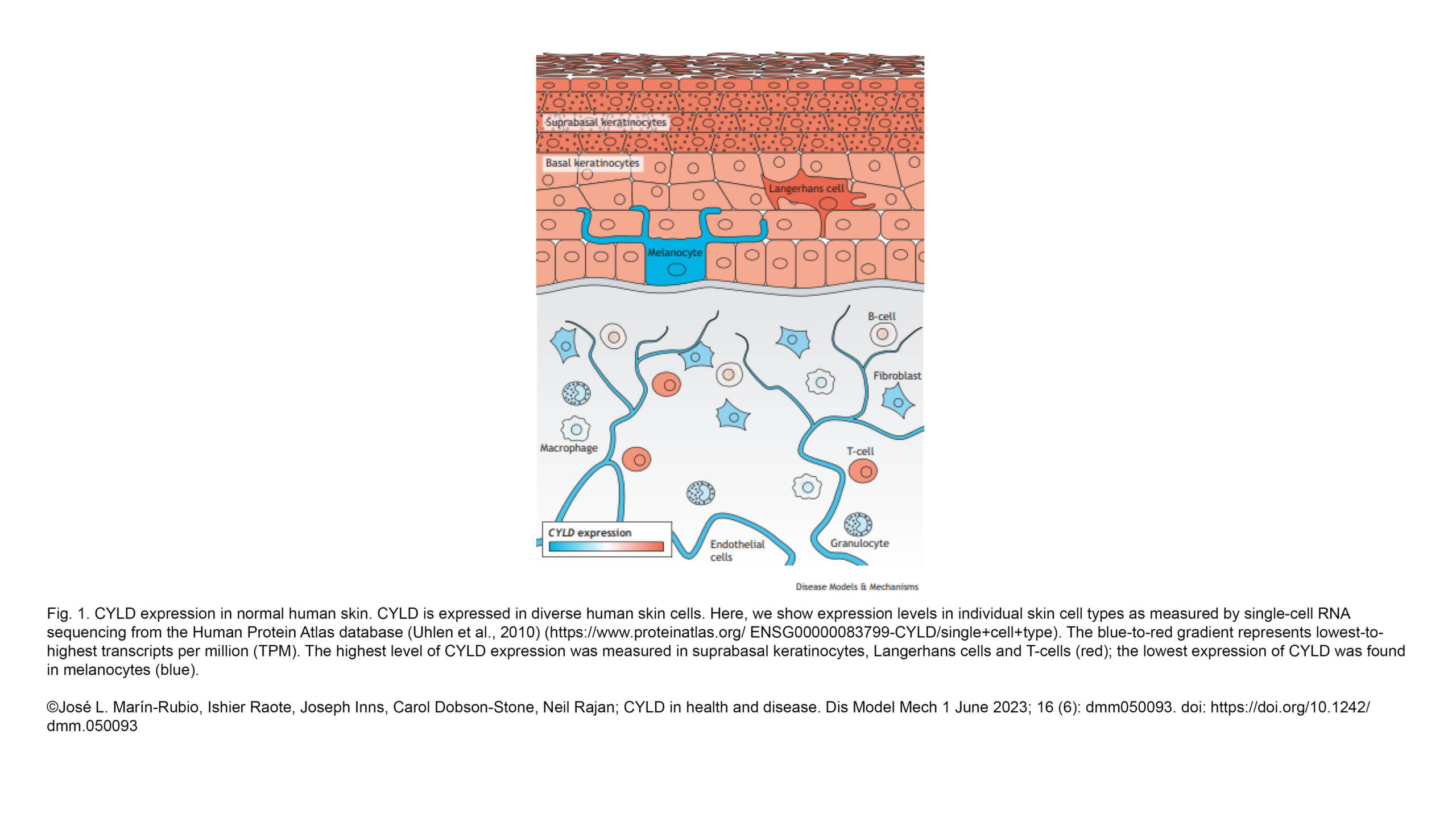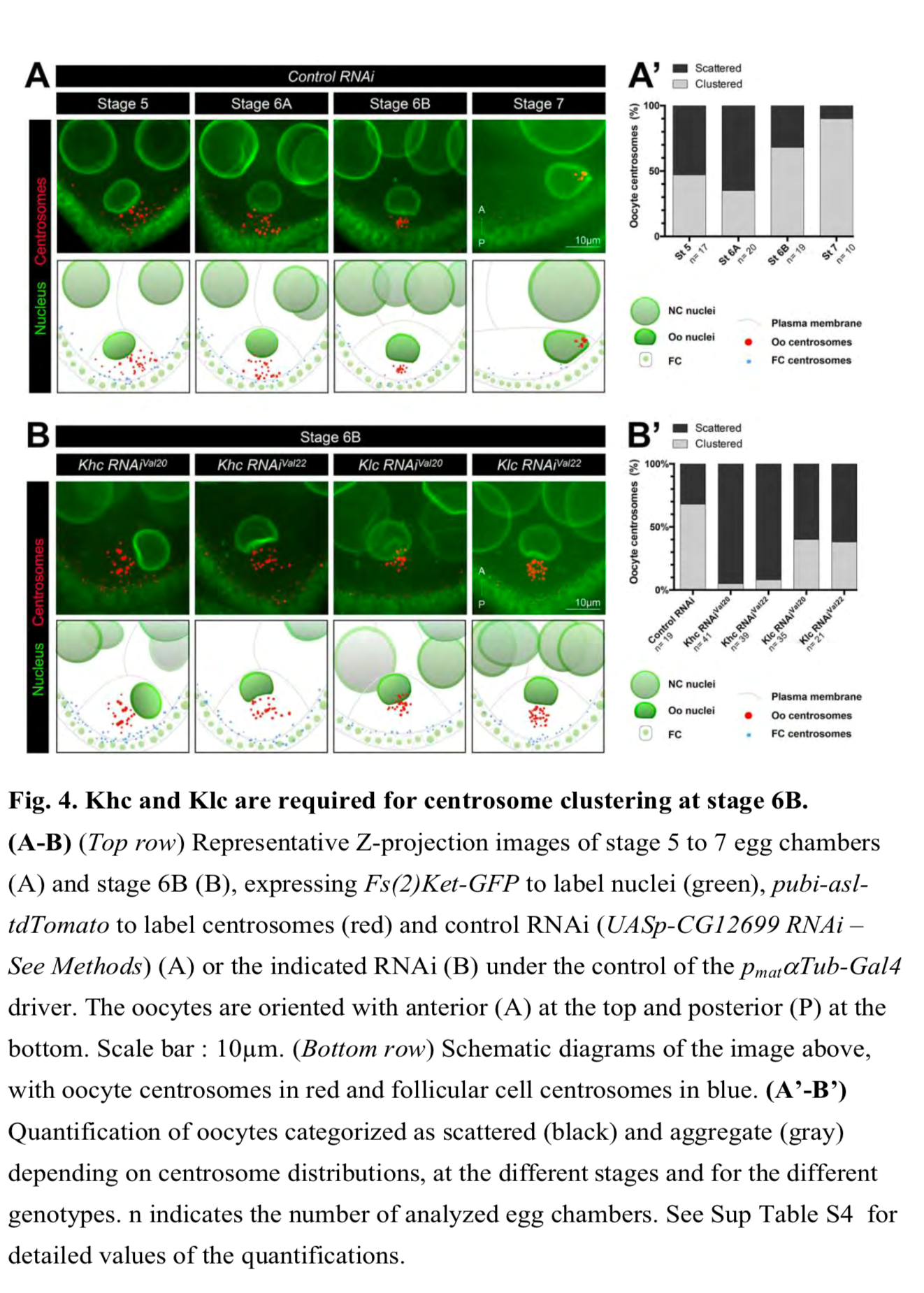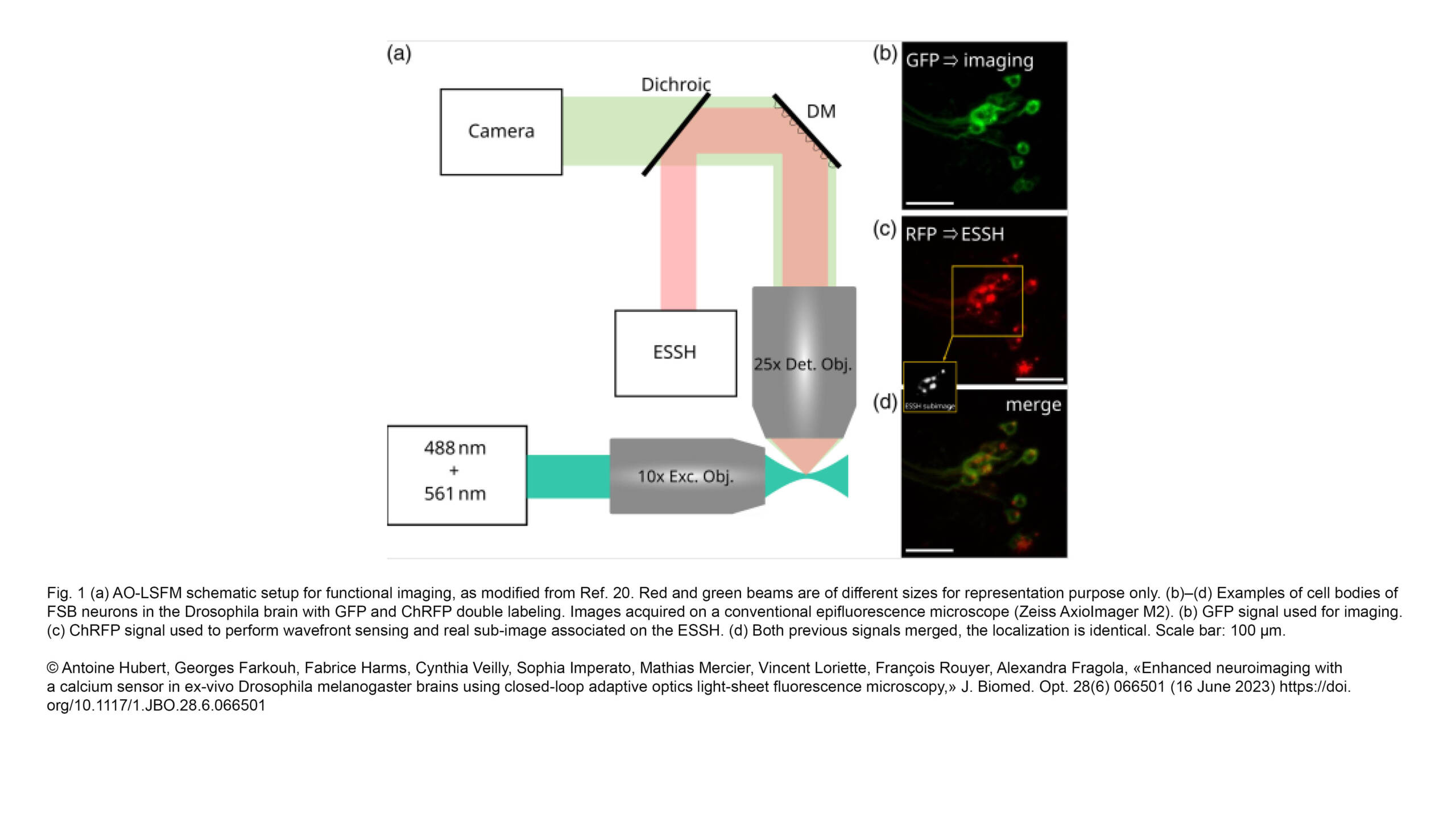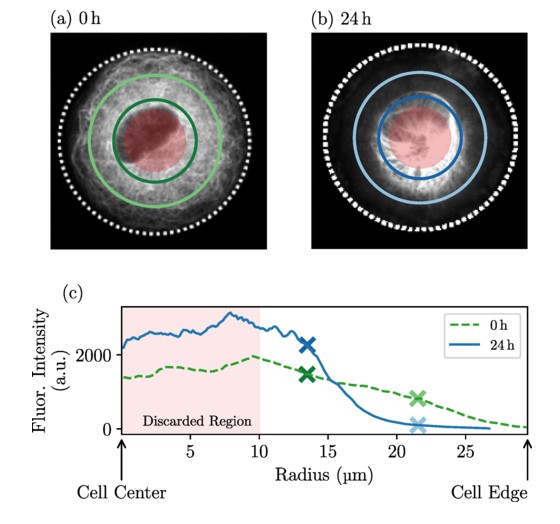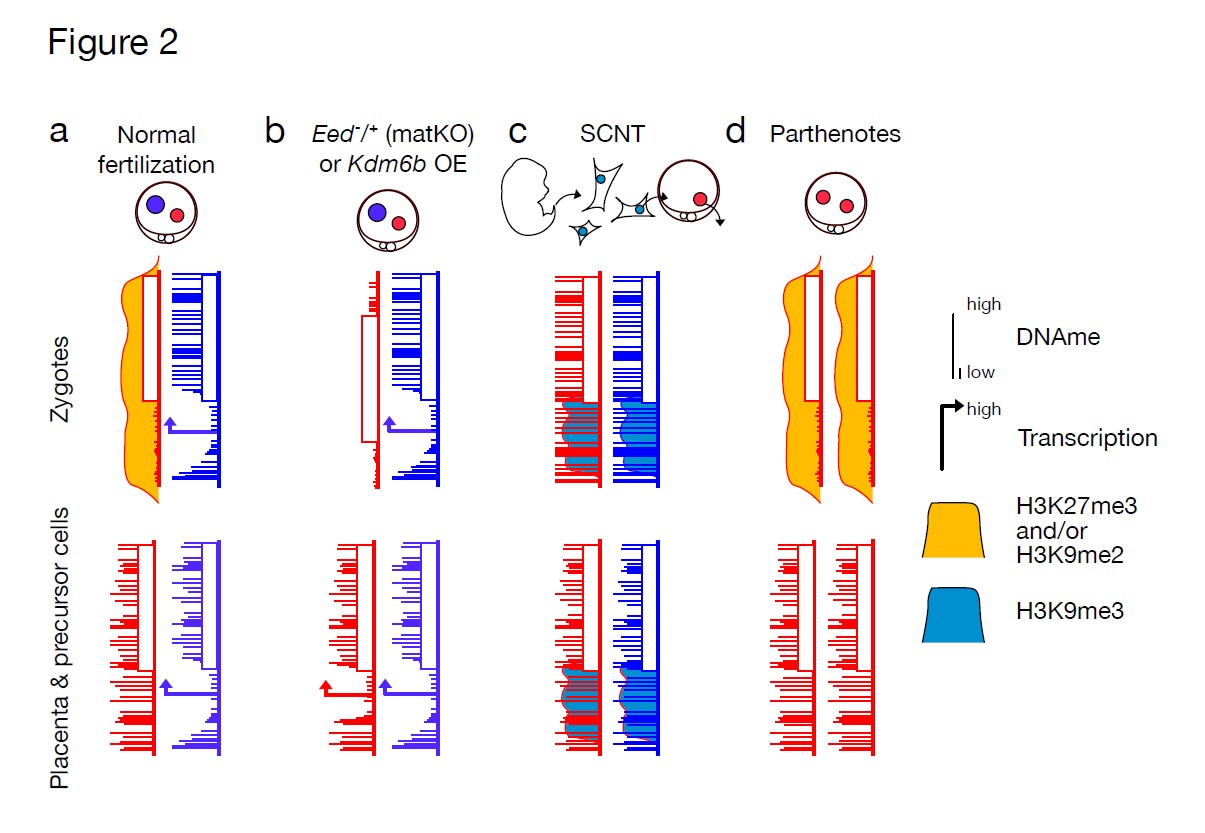L'équipe Cadoret a récemment publié un article dans International Journal of Molecular Sciences :
Firing of Replication Origins Is Disturbed by a CDK4/6 Inhibitor in a pRb-Independent Manner
Résumé :
Over the last decade, CDK4/6 inhibitors (palbociclib, ribociclib and abemaciclib) have emerged as promising anticancer drugs. Numerous studies have demonstrated that CDK4/6 inhibitors efficiently block the pRb-E2F…
